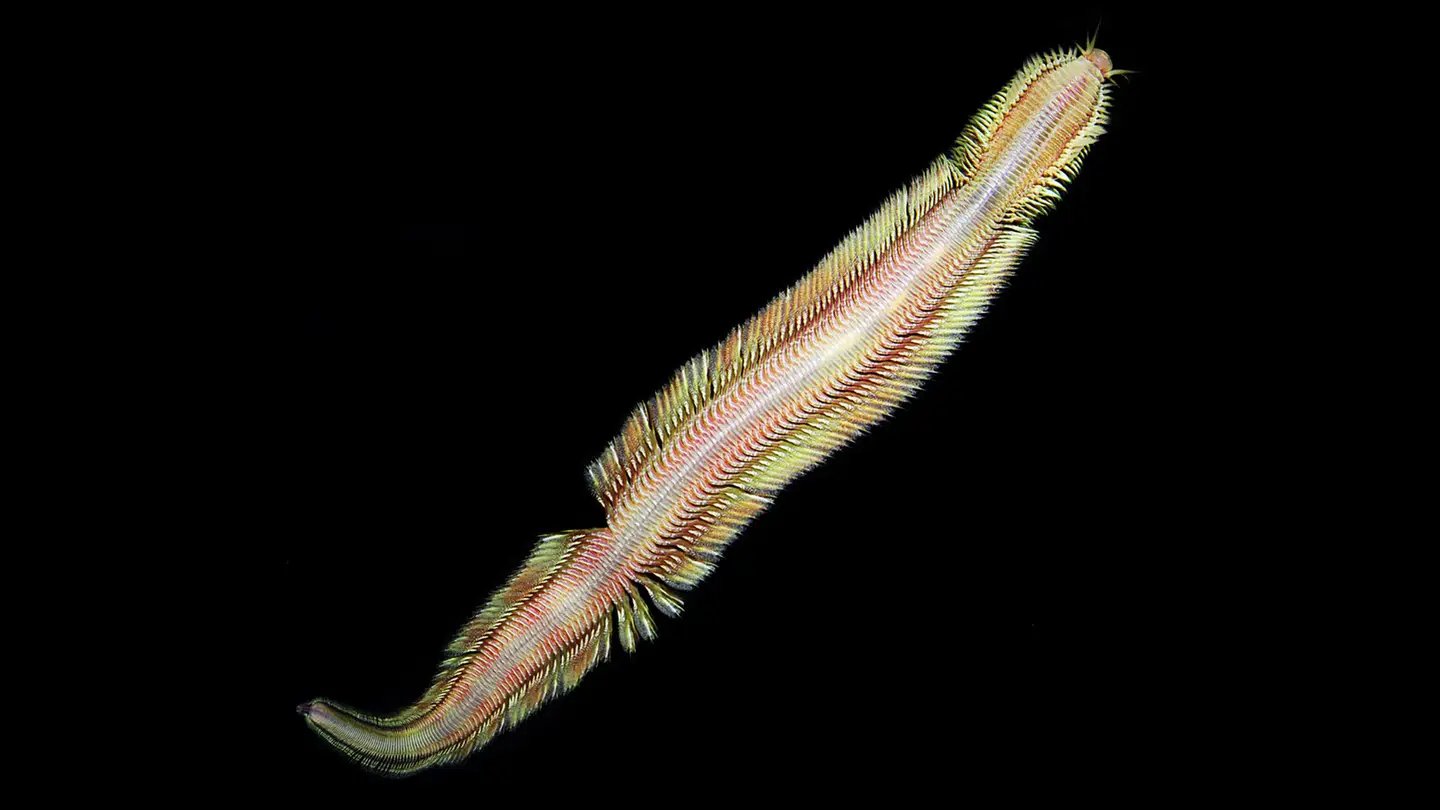
Scientists have photographed a never-before-seen deep-sea worm species that moves just like a “living magic carpet.”
Scientists discovered the new species of the deep-sea worm living near an underwater methane seep some 30 miles (50km) off the Pacific coast of Costa Rica.
Methane seeps are parts of the seafloor where the powerful greenhouse gas methane escapes from rocks or sediment on the seafloor in the form of bubbles.
In a study published last week in scientific journal PLOS ONE, the researchers reveal how the deep-sea worm species, which has now been formally named “Pectinereis strickrotti,” was first spotted during a dive at a depth of 3,280 feet (1,000 meters) in the HOV Alvin submersible back in 2009.
“When we first saw it, we immediately starting asking what it was. A vertebrate? Some strange fish? We had this blurry image and that was it, but we were very intrigued,” Alvin’s lead pilot Bruce Strickrott tells PopSci.
“That’s how it is down there. You see things for one minute, they’re gone, and then you talk about it.”
‘Almost Like a Living Magic Carpet’
However, the team saw the species again when they returned to the Costa Rican methane seeps in 2018.
On their second encounter, Strickrott described how the deep-sea worms had a sinuous swimming technique that reminded them of a fantastical magic carpet.
“They swim slowly, but when he really wanted to move, he started to undulate almost like a living magic carpet,” Strickrott explains.
Using a five-chambered vacuum canister device that Alvin’s lead pilot Bruce Strickrott called the “slurp gun,” the team carefully collected several specimens and enough photos and video to formally describe the new species.
According to PopSci, the team has discovered that Pectinereis strickrotti is about four inches long. Its elongated body is flanked by a row of feathery, gill-tipped appendages called parapodia — which help it swim in a wavy pattern reminiscent of a magic carpet.
The worms are blind, owing to the total darkness that they experience 3,280 feet under the ocean. The team believes that Pectinereis strickrotti likely has a keen sense of smell and touch to navigate the inky black ocean.
Pectinereis strickrotti also boasts impressively large jaws. However, it still remains a mystery what these deep-sea worms exactly eat.
Image credits: All photos by Ekin Tilic.
